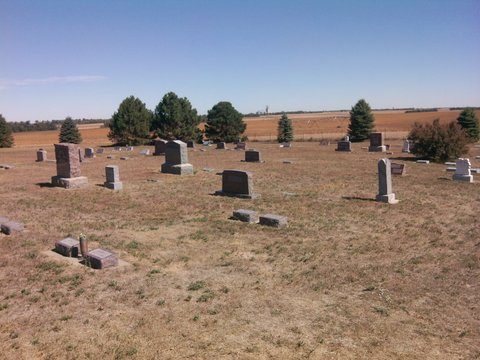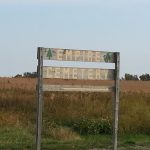
My new car had 100 miles on the odometer when we headed east from California. Dear husband is a devoted genealogist. He knows his family members back 7 generations: when and where they were born and lived, when they died and where they are buried. It was a driving trip whose purpose was to visit the graves of all his America-buried grandparents back 4 generations, and mine back 3.
They were set aside as my Cemetery Shoes.
This wasn’t our first dead relatives rodeo. When visiting our son in Brooklyn we rented a car for a side trip to Connecticut. The tall grass in the ancient church graveyard soaked my shoes, which have ever since been set aside as my Cemetery Shoes. I can pinpoint the ages (well, within a century) of grave markers based on the very distinctive art that has adorned them through the years. I particularly love the seventeenth-century death’s head often combined with wings and crossed bones. And our kids think they invented skulls as an art motif!
Greenwood. Forest Lawn. Mount Auburn. Exquisitely beautiful, manicured icons of landscaped public spaces. These were not our destinations.
In farm country across America, large parcels of agricultural acreage are crisscrossed by roads that only see traffic from the pickup trucks of the owners. And sometimes at the most remote and unlikely crossroads, you’ll come across a small pocket cemetery. Now even though these sacred places are out in the boondocks, they are far from unplotted or forgotten. Because also in farm country across America there are farm families and locals who take the care of their dead folk very seriously. There is a remarkable searchable online database called Find a Grave. Volunteers have uploaded photos of every gravestone in a cemetery and entered the particulars written thereon. Before we set out on the Dead Relatives Tour, dear husband had pinpointed by GPS the exact longitude and latitude of everyone we were going to visit.
A typical stop on the tour would be  a small local cemetery where a great-great-grandparent was buried. We would drive out into corn or wheat fields, narrowing in on our location until we saw a handmade sign marking the place. Nobody around as far as one could see. The quiet, the wind, the timeless feeling would slow us down..to think, to breathe, and to wonder about the daily lives of these hardy folk who homesteaded here.
a small local cemetery where a great-great-grandparent was buried. We would drive out into corn or wheat fields, narrowing in on our location until we saw a handmade sign marking the place. Nobody around as far as one could see. The quiet, the wind, the timeless feeling would slow us down..to think, to breathe, and to wonder about the daily lives of these hardy folk who homesteaded here.
The care of big-city cemeteries with lush green lawns is paid for by endowments. But local volunteers are the unsung heroes of our road trip experience. One day the GPS failed us, and we drove down a rutted road in a last attempt to find a particular grave that day. We came upon a nicely kept house. The owner’s cows were greeting us over the fence with curiosity and the hope of a meal. Since the only vehicle out that-a-way was likely the pickup truck with feed. Anyway, said owner answered our knock and was already heading for his pickup as we were describing where we were headed and how we got turned around at that crossing back a mile, and excuse our interruption but if he could please just us give us directions.. “Oh yes, oh yes, I’ll take you right there. I’m the caretaker. Gosh, I wish I’d known you were coming. I would have mowed the grass down. It’s a little seedy looking right now. Gosh…”
Three weeks and three thousand miles later we pulled back into our driveway. Now all we need is the t-shirt.



What a great story! I, too, am a sucker for those rural cemeteries, even I have no relative residing in them. I know exactly the markers you mean, with the crossed bones and angels wings.
Marvelous! I love walking the Freedom Trail here in Boston to see the historic graves, but when in Detroit, I never fail to visit my own relatives, who have simple markers, laid in the ground. I talk to my father and bring him up-to-date on what’s happening with my family. Once, more than 3 decades ago, I had extra time on a business trip to St. Louis and found my paternal grandparents’ (dead before I was born) graves. My father had told me they were out in the countryside. It pained me a bit to tell him they were close to Monsanto’s world headquarters. He had moved away in the 30s. Let me tell you, it is weird to see your own name on a headstone. I am named for my father’s mother.
Very cool, love the details about the odometer and the Cemetery Shoes. Love, love, love the bit about the caretaker dude. I can remember when you and I and dear bro-in-law were at some cemetery and he was taking photos of graves specifically to upload to some website, ones he had not found online but these would now be a primary resource for other geneaologists.